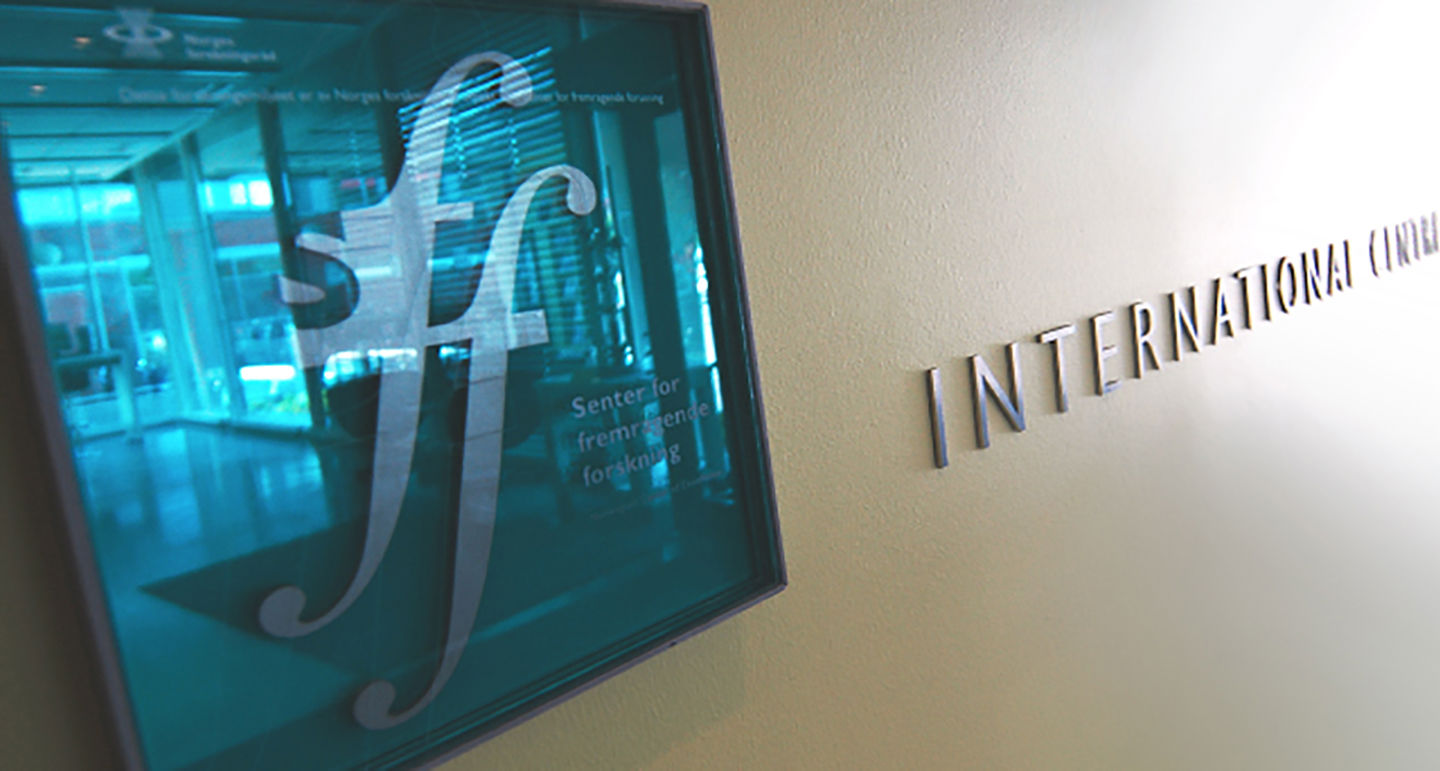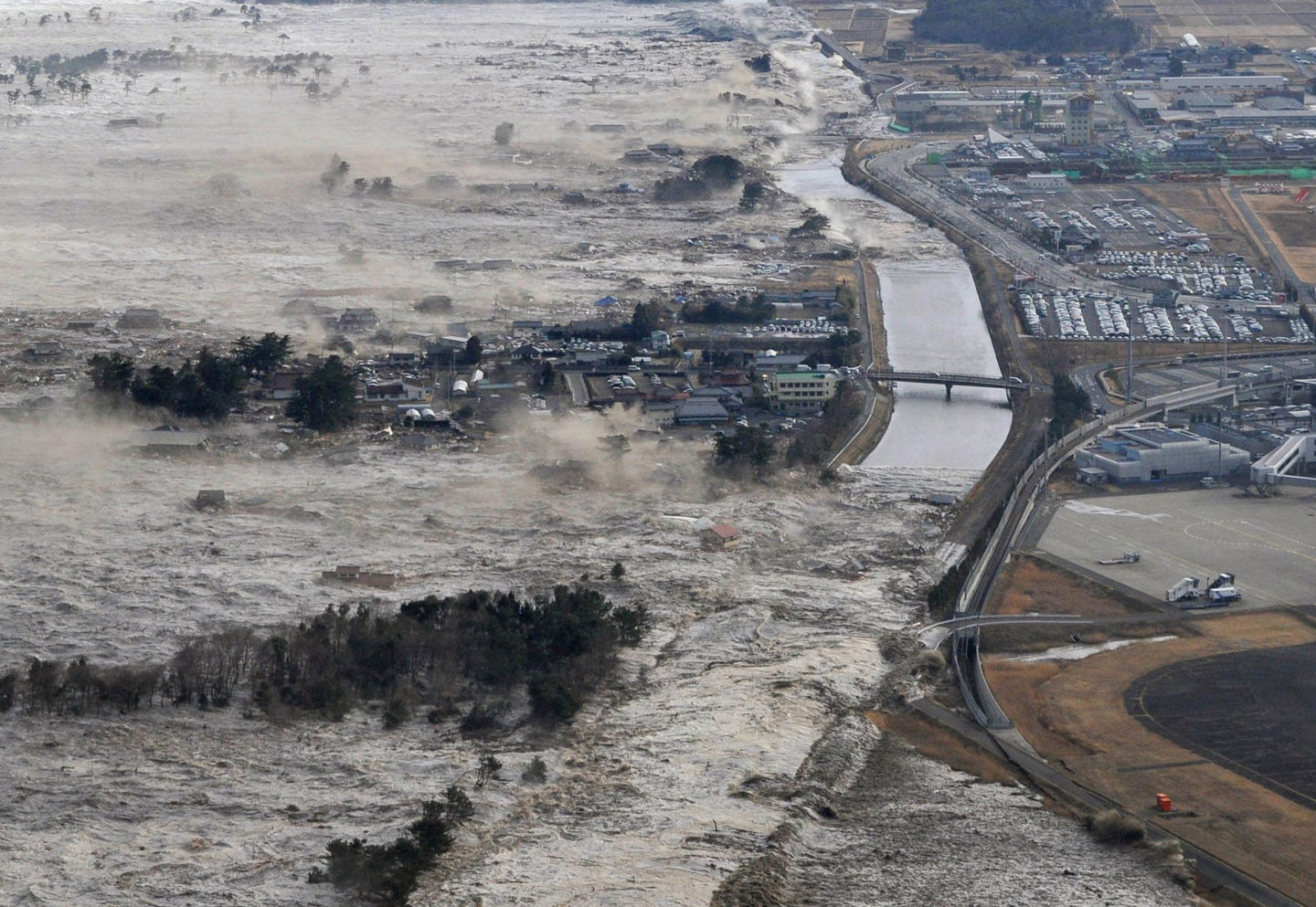Tsunamis
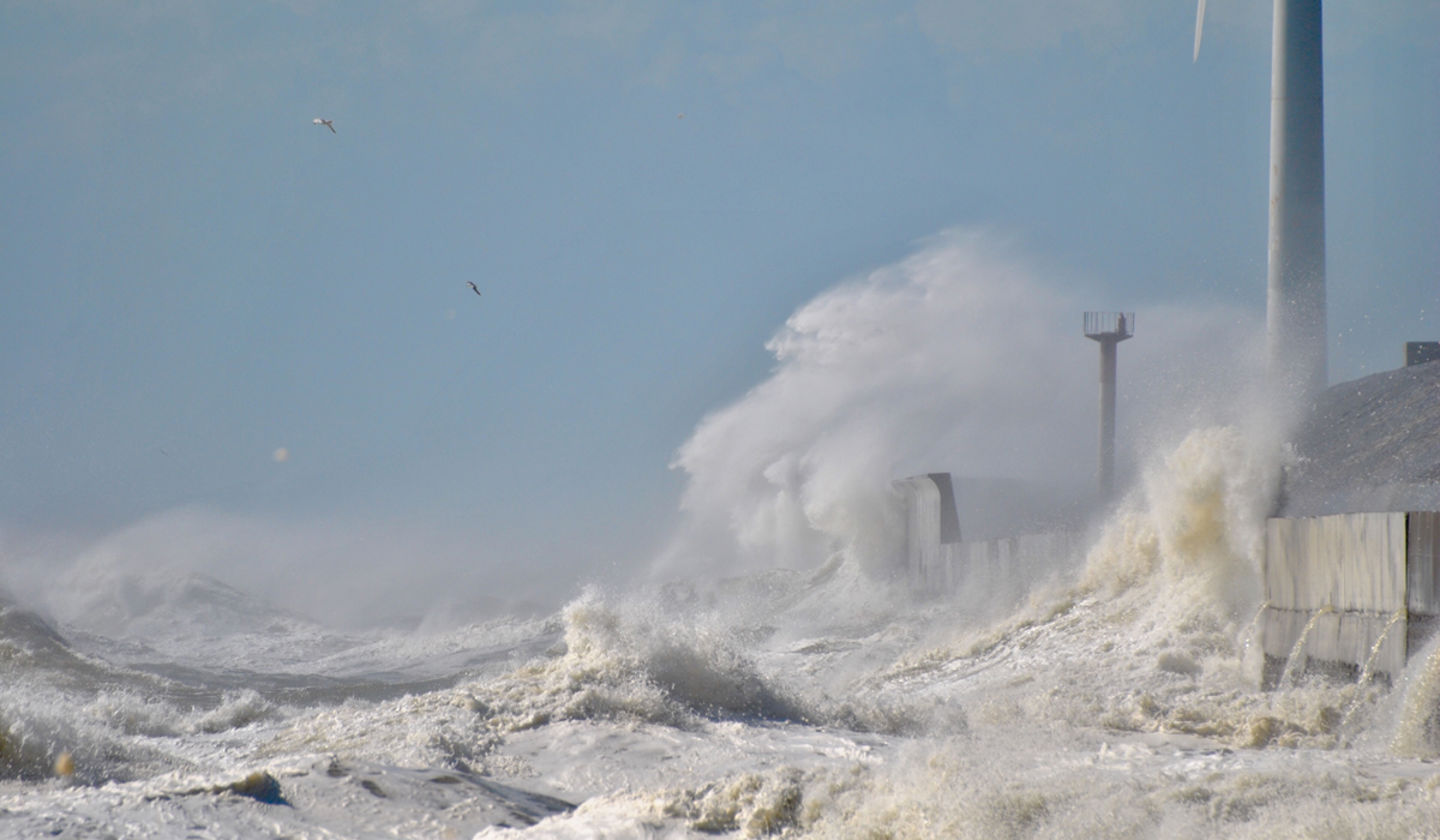
Tsunamis are generated by geological events, mainly earthquakes, rock flows, or submarine slides, and lead to extensive damage and loss of life. Analysis of geological conditions and wave dynamics is essential for developing measures to reduce tsunamis' impact.
NGI's tsunami expertise
- numerical modeling of generation, propagation, and inundation of tsunamis
- interdisciplinary research into tsunamis resulting from earthquakes, submarine slides, and rock flows in the sea, fjords, and lakes
- geological assessments for determining the degree of risk from tsunamis
Typical services
- numerical calculations of tsunamis generated by submarine slides, rock flows, and earthquakes
- regional risk assessment of tsunamis generated by rock slides and earthquakes
- preparation of detailed hazard zone maps for tsunamis over smaller areas
- understanding of previous tsunami incidents
- detailed analyses of wave mechanics
- assessment of hazard, vulnerability, and risk of tsunamis
- assessment of wave forces and run-up heights
- protection measures against tsunamis
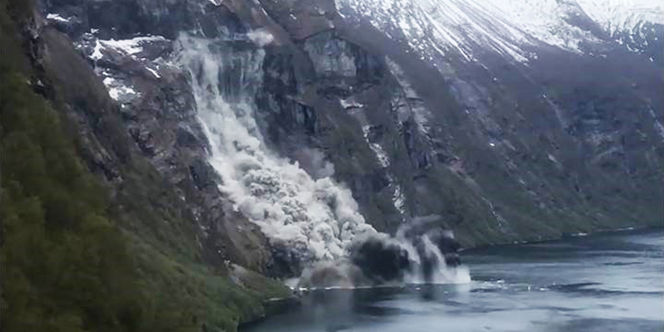
Rock slide with tsunami risk, Geiranger, Western Norway, 2017 ( Photo: Mathias Etnestad)
Examples of tsunami disasters due to earthquakes are Japan in 2011, and the Indian Ocean in 2004. The tsunamis in Loen and Tafjord in Norway were caused by significant rock slides, which in the first half of the last century took a total of 174 lives. During 2005-2011, NGI worked on tsunami hazards from potential rock slides at Åknes (between Hellesylt and Stranda, western Norway).
Research and challenges
NGI is currently concentrating on research to link various analysis tools to simulate how tsunamis are generated, propagated, and inundated on land. The aim is a more accurate prediction of run-up heights. The results are used for regional risk and exposure assessments, local emergency planning, and building regulation planning.
In the period 2002-2012, NGI led the International Centre for Geohazards (ICG), a Norwegian "Centre of Excellence" (SFF). ICG carried out research into risk assessment and preventing or reducing damage caused by geohazards. Research into tsunamis was a significant activity. NGI continues this work and cooperates with both Norwegian and international professional environments.
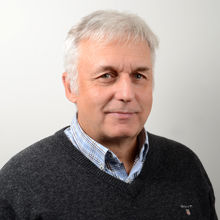
Carl Bonnevie Harbitz
Expert Adviser Climate Adaptation and Hydrodynamics carl.bonnevie.harbitz@ngi.no+47 922 39 636

